
Wine Terroirs
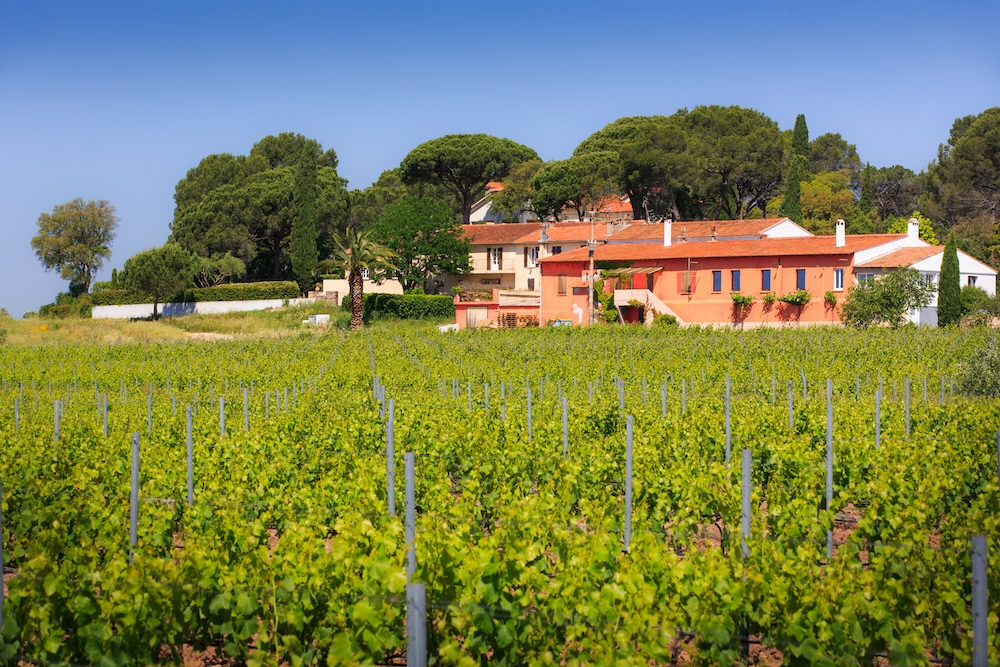
Wine Terroirs
By Camille Bernard – Photographs: courtesy of the estates, posted on 25 August 2025
In the mind’s eye, they are pale-hued, dry and fruity. But in actual fact, they come in multiple iterations. Over less than 100 kilometres, the soil types are totally different with pockets of purple rhyolite, bluish schist or clay-limestone marl dotted across the region. This diversity forms an archipelago of terroirs which do not produce a single rosé but many different rosés.
What is left of the cliché of the light Provence rosé served ice-cold with the arrival of spring? Not much judging by the new generation of winegrowers and rejuvenated co-operatives dotted around the Mediterranean rim. The Provence wine region features a diagonal line of micro-climates, from the maritime influences in the south-east to more continental patterns around Aix through significant diurnal shift in the cool dips of the Trevaresse hills and morning breezes amidst the schist soils in the Maures. Layered over these weather patterns is a mixture of geological features: the Trevaresse hill chain is like a scaled-down version of Jura strewn with white limestone; the Arc basin is a patchwork of marl and sand; the Estérel is a blood-red volcanic mountain range that plunges into the Mediterranean, whilst the Maures form a ribbon of glimmering schist. At altitudes ranging from 50 to 400 metres above sea level, vines cling to the terraces, nestle amidst the valleys, take the full brunt of the Mistral wind or seek shelter amongst the pine groves. Region-wide, these multiple layers of soils and microclimates translate into radically different aromatic expressions, textures and energies. And for the past fifteen years, a clutch of winegrowers – including co-operatives – have decided to bottle these nuances, to recount them rather than iron out their differences.
This report focuses on four producers who obviously do not claim to encapsulate the entire region, but offer an outline of Provence – Les Quatre Tours north of Aix, Château Paquette amidst the fiery Estérel mountains, Domaine Rostangue on the phyllite soils around Pierrefeu‑du‑Var and Domaine des Thermes at the foot of the Maures. These four cardinal points have four philosophies but share the same watchword – terroir comes first.
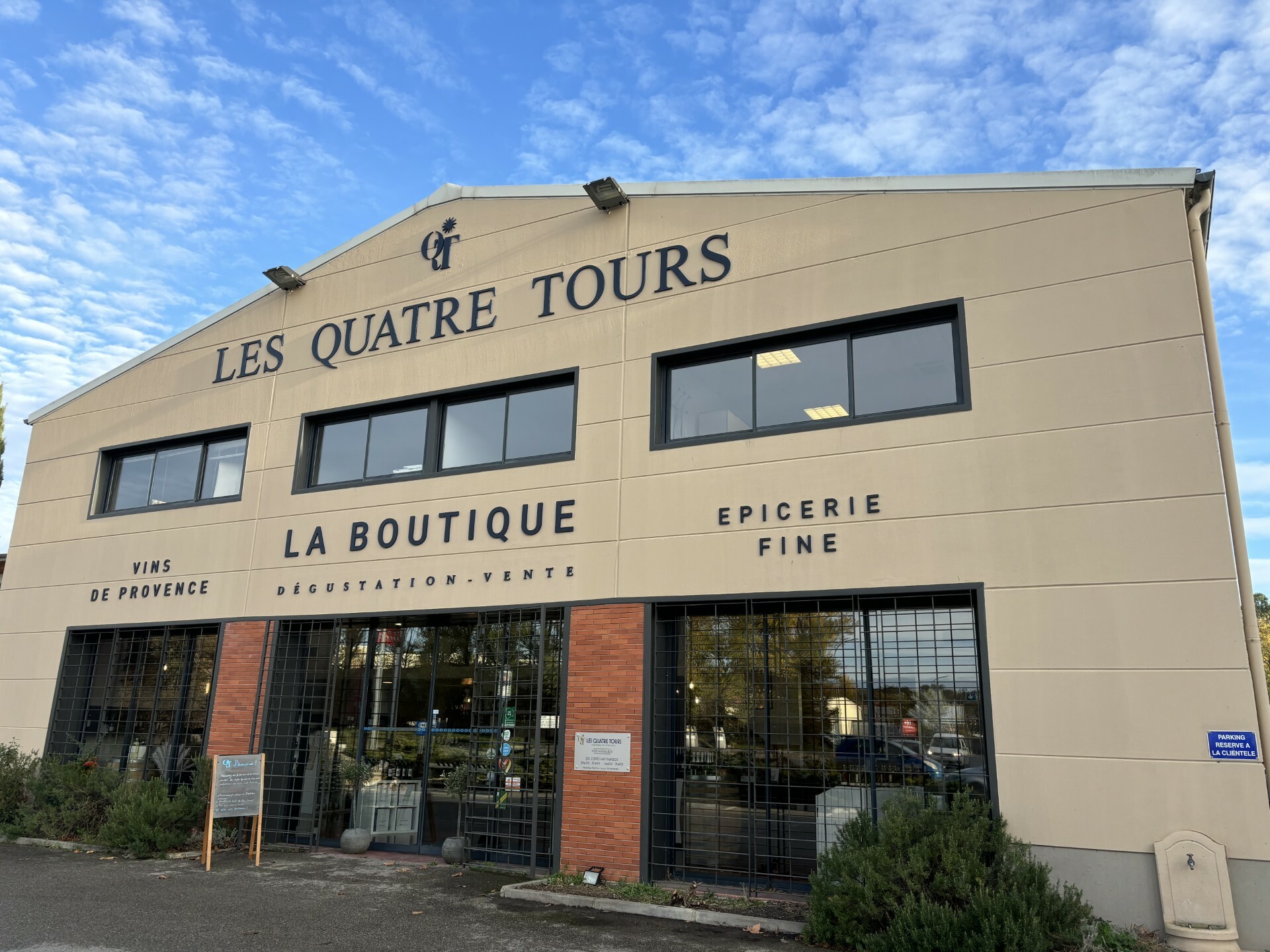
On the limestone slopes of the Trevaresse hills, the Les Quatre Tours co-operative winery farms 370 hectares under vine
In Venelles, the Les Quatre Tours co-operative winery has always been a strong advocate of the motto, ‘strength in unity’. What’s changed is the way it views strength. On the initiative of Thierry Blanchard, at the turn of the 21st century, and now Gilles François, the winery’s 39 member growers have relinquished the anonymity of bulk sales in favour of a broad range of carefully curated labels. “Expect the unexpected with us”, smiles managing director Gilles François.

From left to right, Illia Domanchuk, the technical director; Vincent Royere, the chairman; and Gilles François, the managing director at the Les Quatre Tours winery
At the crux of the winery’s diversity is its “sourcing from 370 hectares spread between Venelles, Coutheron, Lambesc, Eguilles and Le Puy-Sainte-Réparade, on the slopes of the Trevaresse hills, at elevations between 200 and 400 metres”, he explains.
In Lambesc, a vein of basalt lends a few rows of vines an unexpected land-based energy. In Coutheron, the granite bedrock is reminiscent of the Alpine foothills. Lower down, the clay-limestone marl provides a base for vines that yield extremely refined wines.
To channel so much diversity, the co-operative relies on its head viticulturist. Like the conductor of an orchestra, he pounds the vineyard blocks in search of physiological ripeness levels and defines harvest windows that will safeguard tension in the wines.
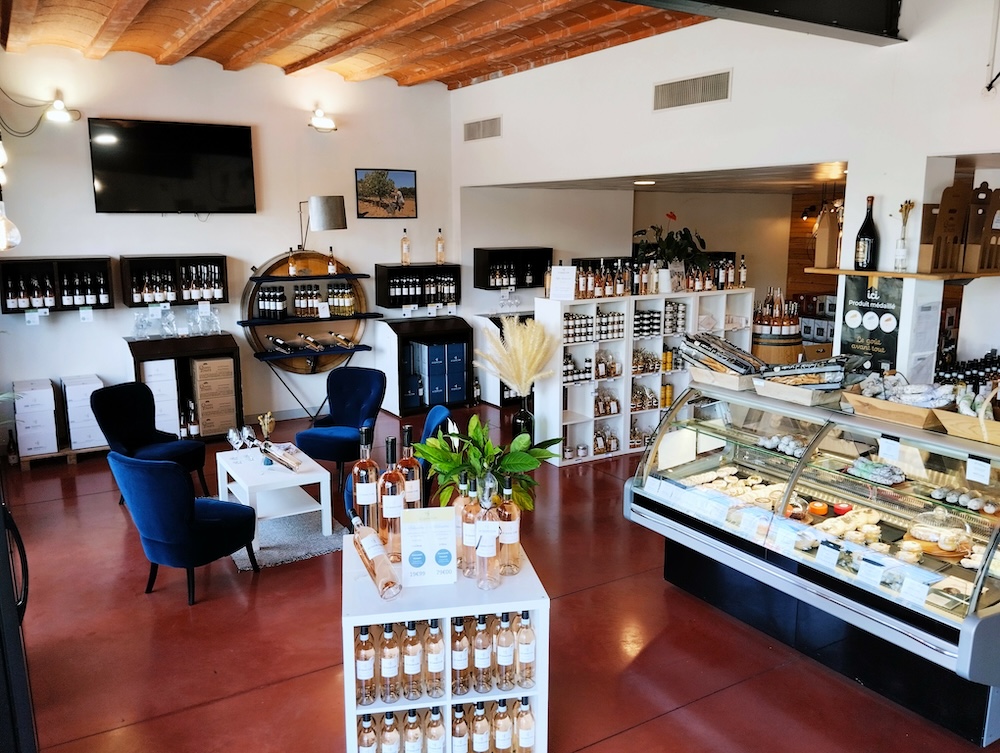
In venelles, The Quatre Tours cellar door store attracts both locals and passing holidaymakers
In the winery, a brand-new unloading bay sorts the fruit whilst a cooling circuit shapes rosés with well-judged thiol aromas where the dial is never turned up. “Most of the work is done before harvesting”, stresses the winery’s MD. The resultant terroir-driven rosés do not shy away from genuine acidity.
The line-up of wines offers a graduated spectrum featuring rosés for pleasure aimed at supermarkets, premium labels for the hospitality industry and at the top of the pyramid, the designated vineyard wines Bec, La Colline and Vilandria.
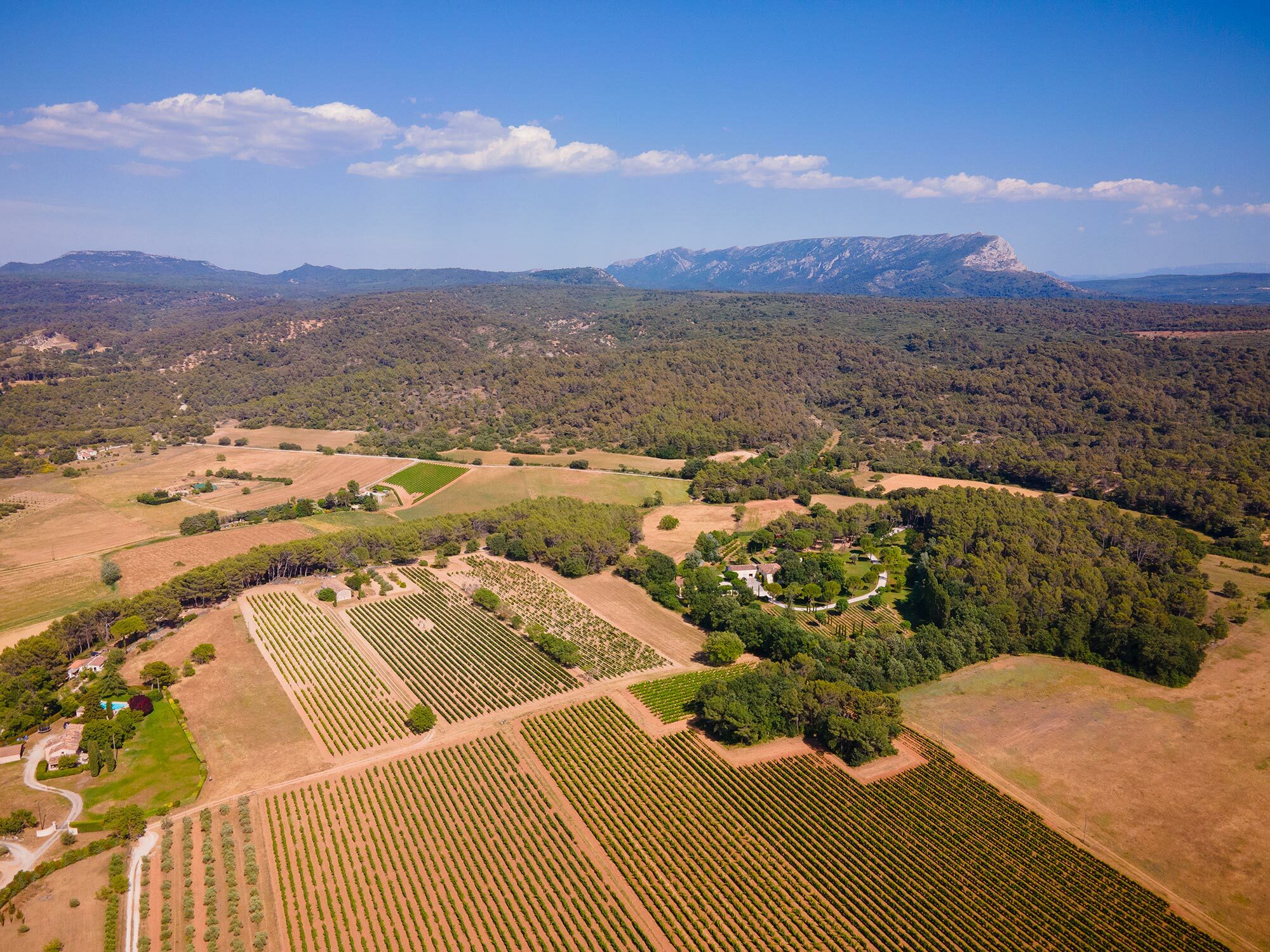
The Quatre Tours winery has hived off designated vineyard sites - on the left, les gailles, and on the right, bec
Les Quatre Tours has thus proven that a co-operative can reconcile volume and terroir wines. So much so, in fact, that its model has inspired several neighbouring co-operative groups.
In Fréjus, the green pine groves morph into the brick red of the rhyolite that forms the backbone of the Estérel mountains. It was here that Marcel and Gilberte Paquette moved in 1952 and where their son Jean subsequently waged a lengthy battle with INAO to secure recognition for the unique sedimentary volcanic soils. His efforts paid off in 2005 with the advent of the Côtes‑de‑Provence Fréjus designation, a tiny enclave within the broader appellation area where rocks from the Permian period reign alone.
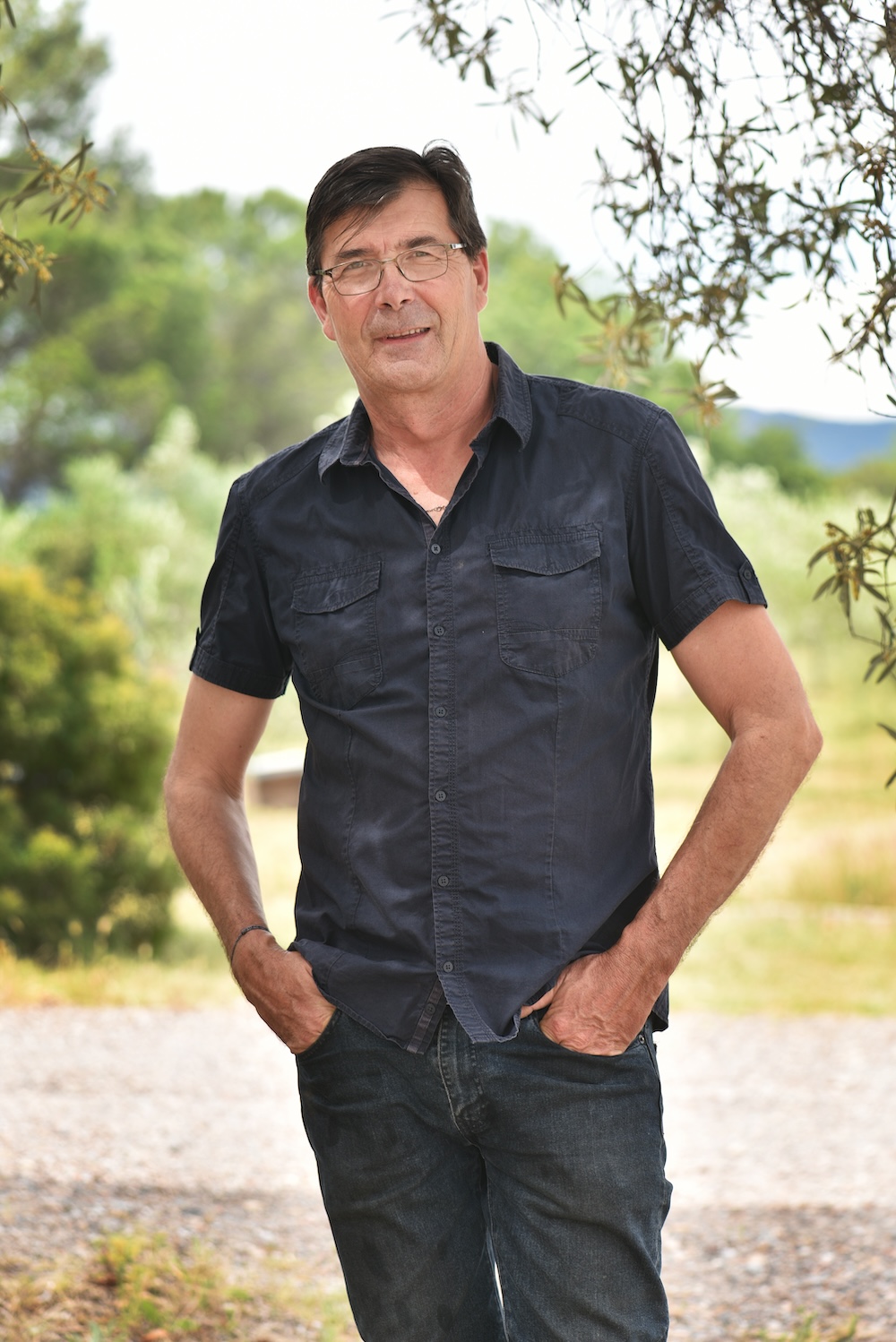
Jérôme Paquette, the third-generation incumbent at the namesake family estate
“Our vineyards are relatively consistent, with distinctive sedimentary volcanic soils defining their geology”, explains Jérôme Paquette who is both a winegrower and a consultant winemaker for other wineries in the region. “The volcanic soils truly lend a signature style to wines labelled AOC Côtes de Provence Fréjus. The wines are defined by freshness but have low acidity. They show roundness but without being mellow”, he adds.
As soon as he took over the family-run estate in 2004, he pushed production of terroir-driven wines to its ultimate climax, achieving organic certification in 2014 then moving to biodynamic farming last year and most importantly, “single-vineyard fermentations to best showcase sense of place”, he explains.
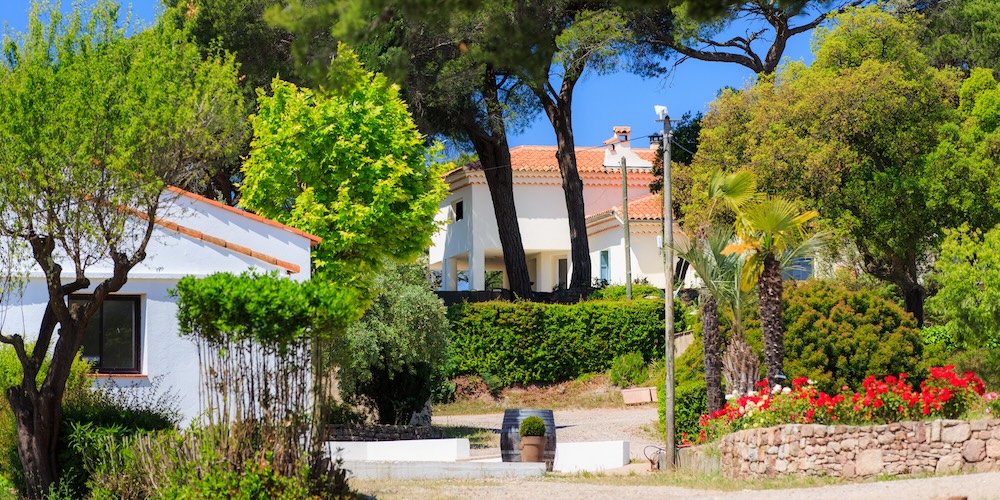
Château Paquette is a flagship of AOC Côtes de Provence Fréjus and champions terroir-driven rosés
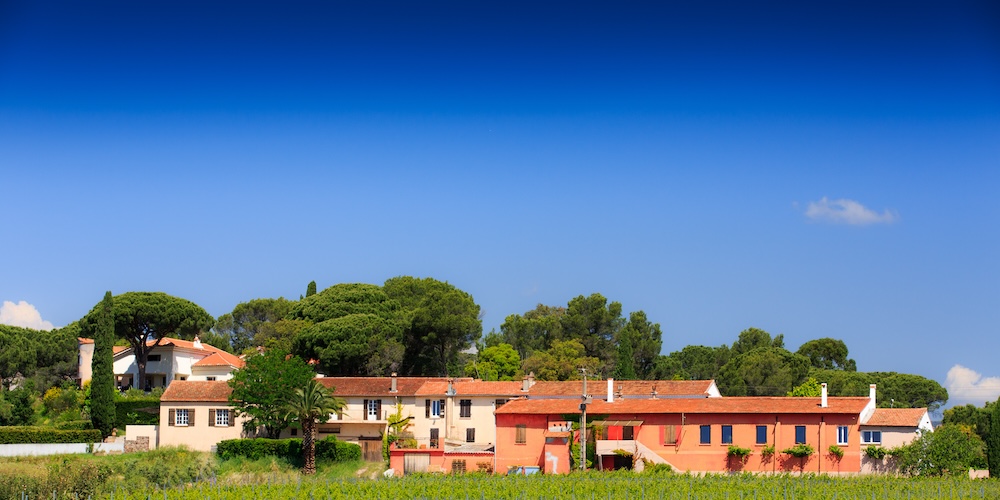
Château Paquette is one of the flagships of AOC Côtes de Provence Fréjus
There is no marathon here to extract thiols: “My focus is on producing rosé with a sense of place not a sense of technology”, he stresses. The grapes are harvested when temperatures are cool and fermented using time-honoured methods. “My style of winemaking aims to produce a wine you can ‘eat’, with delicate, complex aromatics. A wine needs to have palate weight and drinkability. I do not add sulphites during fermentation and prefer to let things occur naturally. I leave the wine on the lees until January”.
Three labels illustrate these principles: Château Paquette, which is the estate’s introductory offering, is designed to be drunk young; Angelico can be cellared for 3 to 4 years; and Thémis is “an allegory of the terroir in terms of balance”.
A member of the Association Internationale des Rosés de Terroirs (AIRT), Paquette is an advocate of cellaring wine: “It is important for me to craft wines that have amazing ageability. Age-worthy wines express the typicity of our terroirs so much better”.
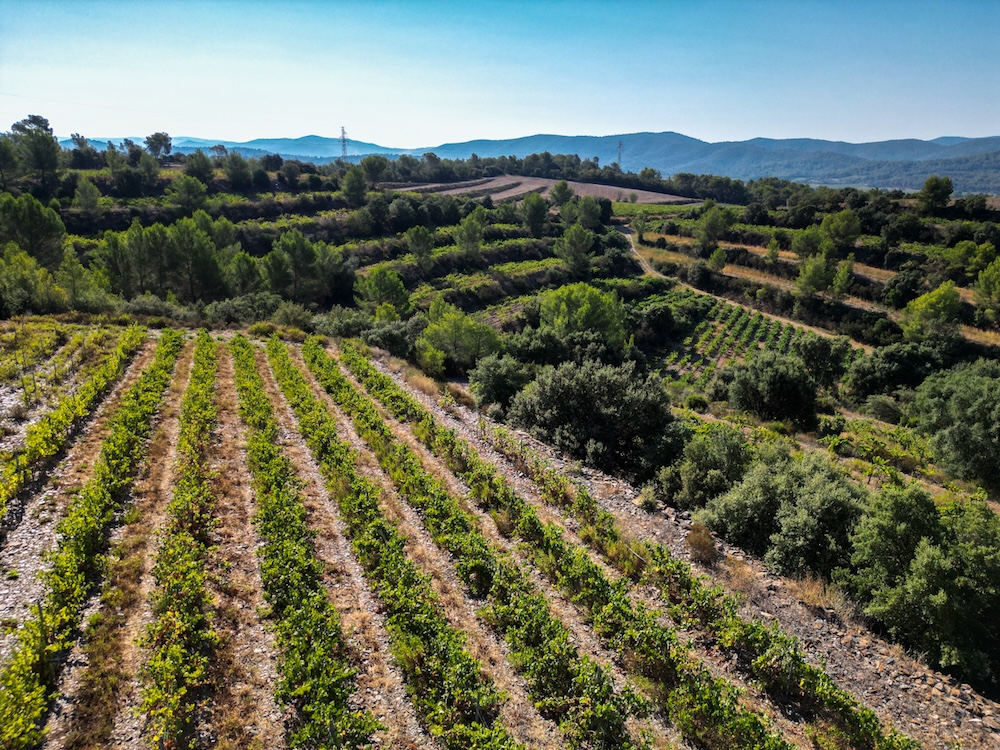
Located at the foot of the Maures, Domaine Rostangue’s vineyards are ringed by the garrigue
Along the western edge of the Maures mountain range, Jean‑Charles Buffet farms ten hectares of terraced vineyards surrounded by garrigue and cork oaks, “on a mantle of schist known locally as Réal Martin blue phyllite”, explains Buffet.
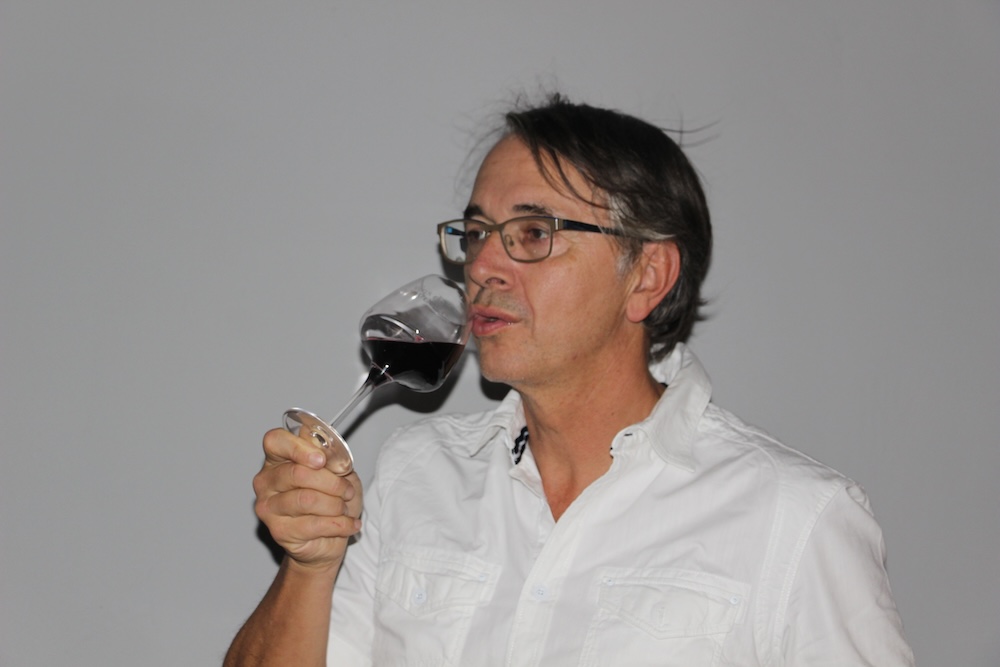
Jean-Charles Buffet has been working for 15 years to create site-expressive wines
The vineyard rows are difficult to access and require the use of a plough or a pick axe. The stones are so sharp that they break implements, and the yields are among the region’s lowest. The vines have been farmed organically for fifteen years and are weeded by hand. Despite the hardships, Buffet would never give up these harsh conditions: “These poor soils are very difficult to farm but they are conducive to producing quality wines because the vines put down deep roots which allow the fruit to develop complex aromas”.
Buffet favours neither aperitif-style nor food-friendly rosés and produces both. He does however set aside his finest Grenache, Mourvèdre and Cinsault for a single-vineyard batch blended in November. His old vines – some of them over fifty years old – set the tempo. “Depending on the vineyard sites, rosés can and must be kept”, he insists, convinced that Provence has more to offer than pale hues and summer drinking.
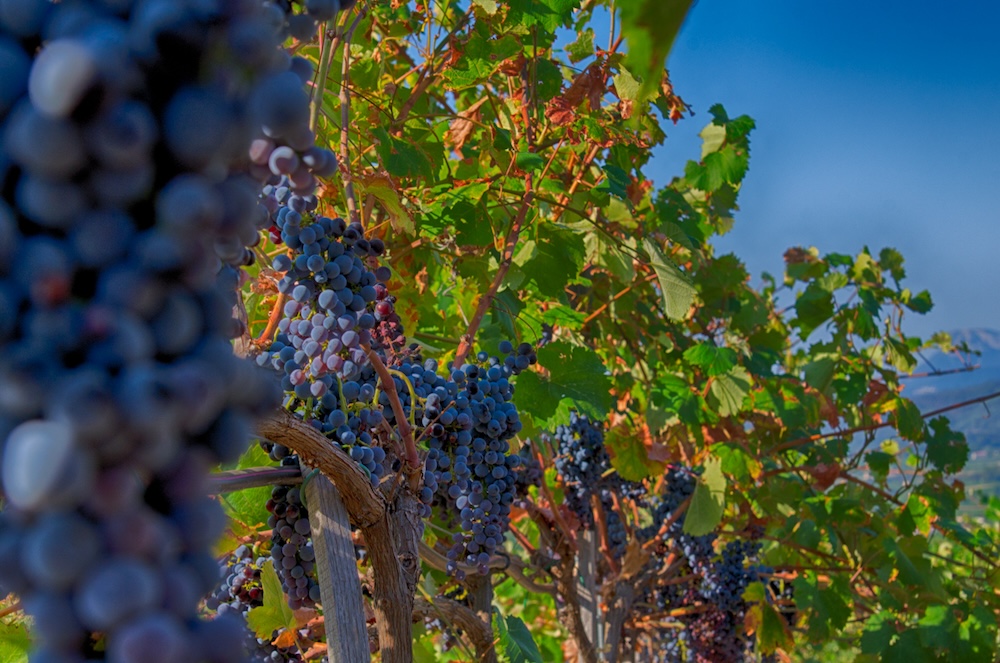
In Pierrefeu-du-Var, Jean-Charles Buffet farms his veniyards organically
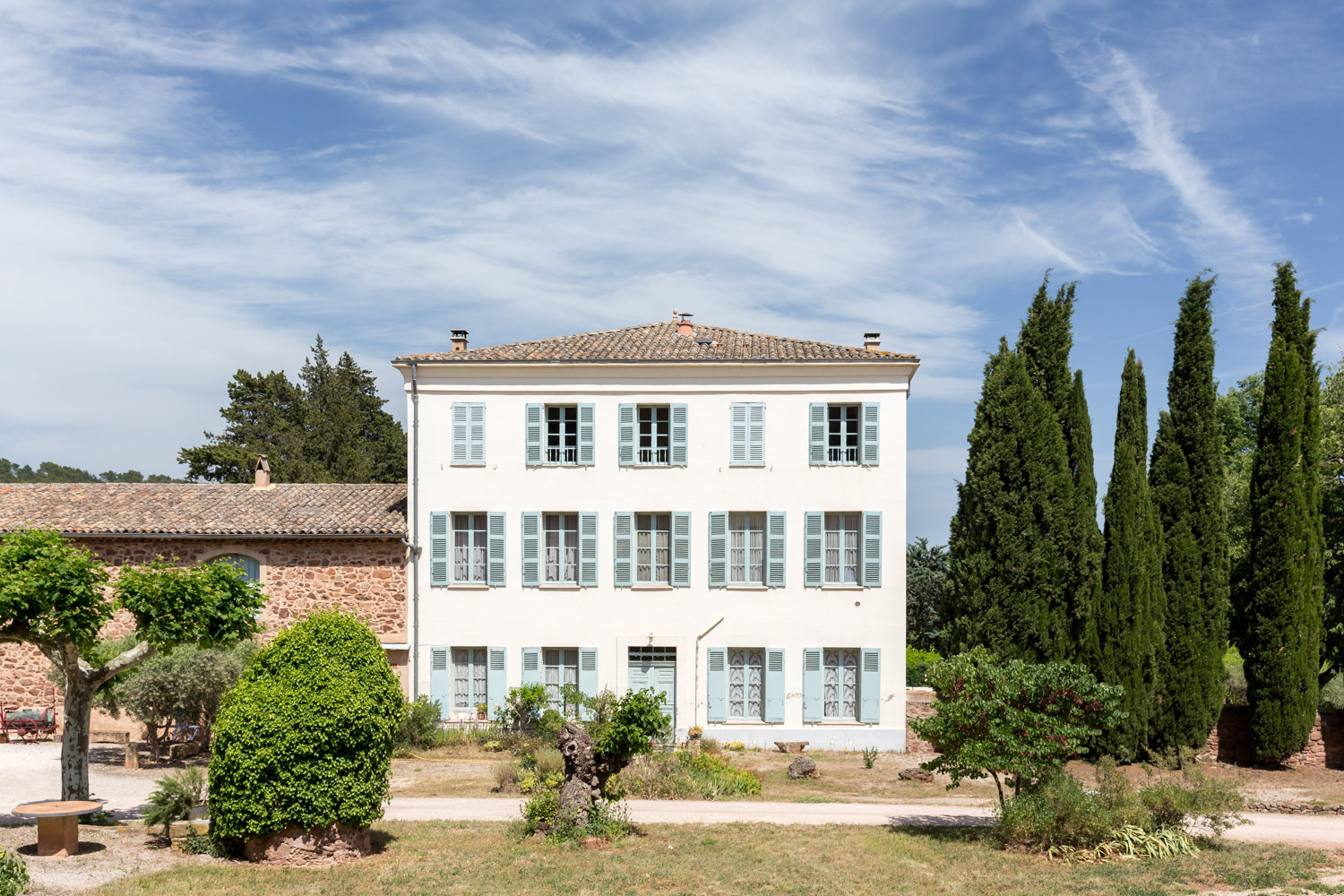
Domaine des Thermes is an historic AOC Côtes de Provence property
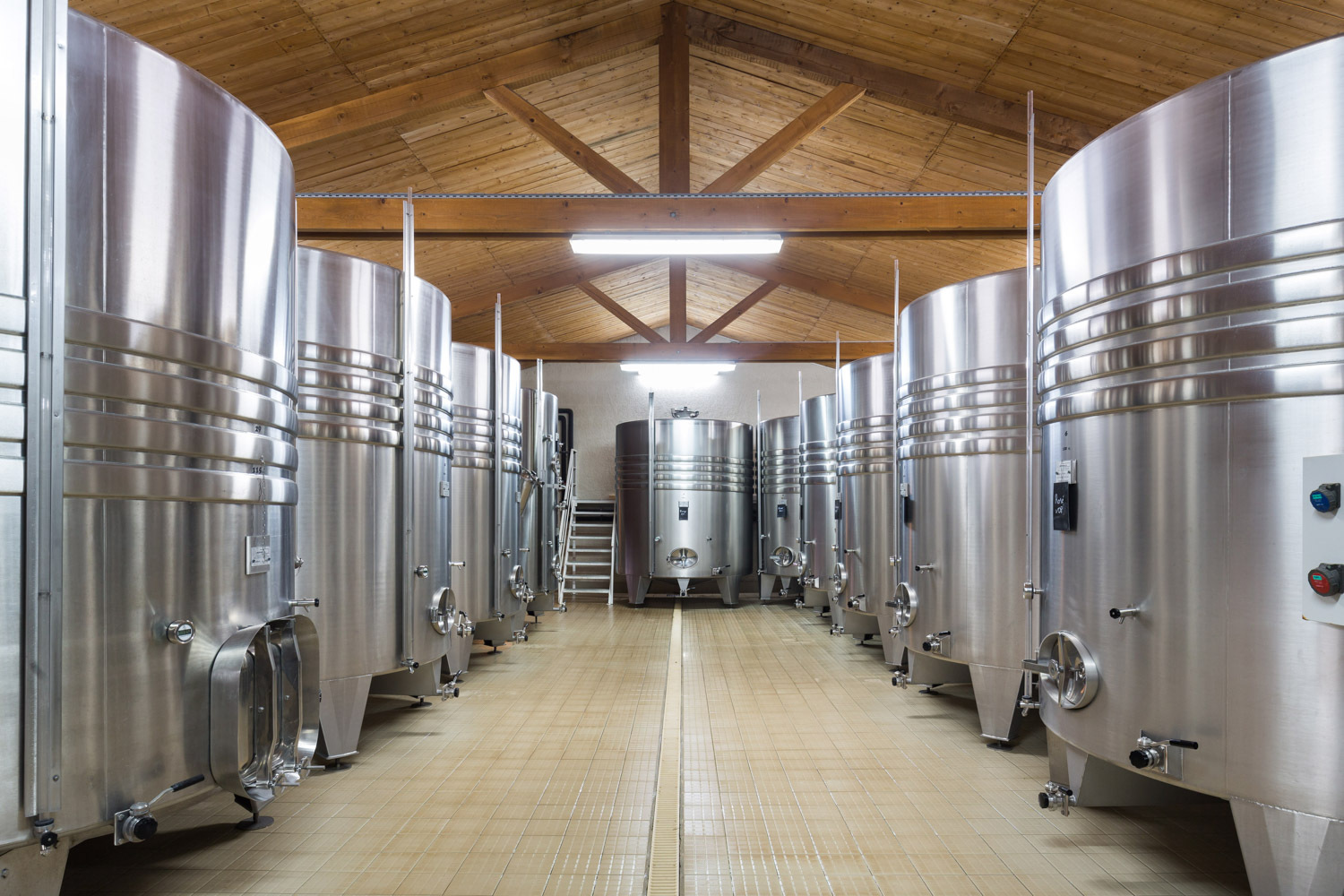
Domaine des Thermes boast modern winemaking facilities and produces vibrant, precise, aromatic rosée
In Vidauban, the Robert family have been the custodians of forty-five hectares since the 18th century, though the Romans did precede them by 2,000 years. In the cellar door shop, gravestones and amphora are reminders of this heritage and in fact the estate itself is named after a villa with thermal baths excavated nearby. The stony clay-limestone soils can be divided into two parts: airy hillsides (18ha) and red clay plains (25ha). Olivier looks after the vineyards, Sylvain the winery and Michel – their father – still prunes the old Syrah vines.

In the winery, Sylvain Robert takes a precision approach to winemaking
“Rosé is a blended wine”, claims Sylvain, who has been making wine at the family-owned property for twenty-five years. To achieve this, he uses twenty tanks for his small batches which, once blended, produce four rosés, one of them labelled PGI Var and the three others AOC Côtes de Provence.
“Along the plain, the red clay delivers characterful juice with a lot of finesse, whereas on the hillsides, limestone creates the signature freshness in our wines”, he adds.
The first bottled vintage left the winery in 1999, followed by a shower of accolades. Since then, the aim has remain unchanged, and that is “to produce vibrant, aromatic rosés that are representative of their terroir”, concludes Sylvain Robert.
From aperitif-style to food-friendly rosés, Provence offers a range of styles as comprehensive as its vineyard sites
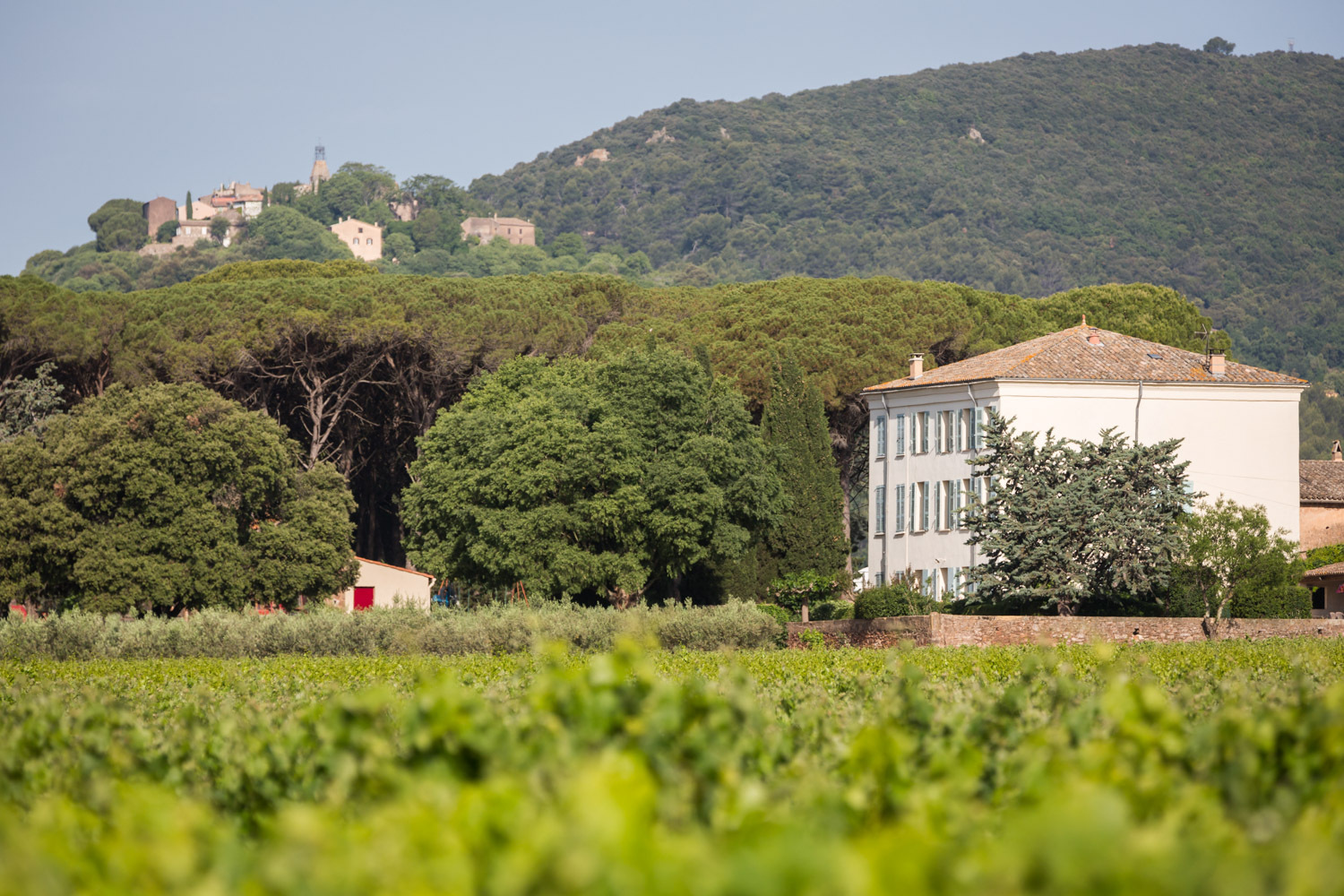
With red clay on the valley floor and limestone in the hills, Vibaudan ike everywhere else in Provence is home to amazing geological diversity
From the volcanic Estérel mountains to the bluish schist of the Maures and from the stony terraces around Aix to the limestone hillsides of Var, Provence unfurls a string of terroirs that have nothing in common, except for the quest for signature rosés. Both co-operatives and family-run estates share the same belief that the soils are a match for the grape varieties and that age-worthiness, a concept that was long banished from rosé terminology, is no longer taboo, far from it.
Ultimately, rosés for pleasure and rosés for food complement each other and Provence, which was long accused of uniformity, is now venturing into granular terrain. It is no longer a single wine region but an archipelago of vineyard sites and imbibers are now free to savour what the colour alone cannot reveal – the invisible vertical qualities of terroir.

Wine Terroirs

Wine Terroirs

Wine Terroirs